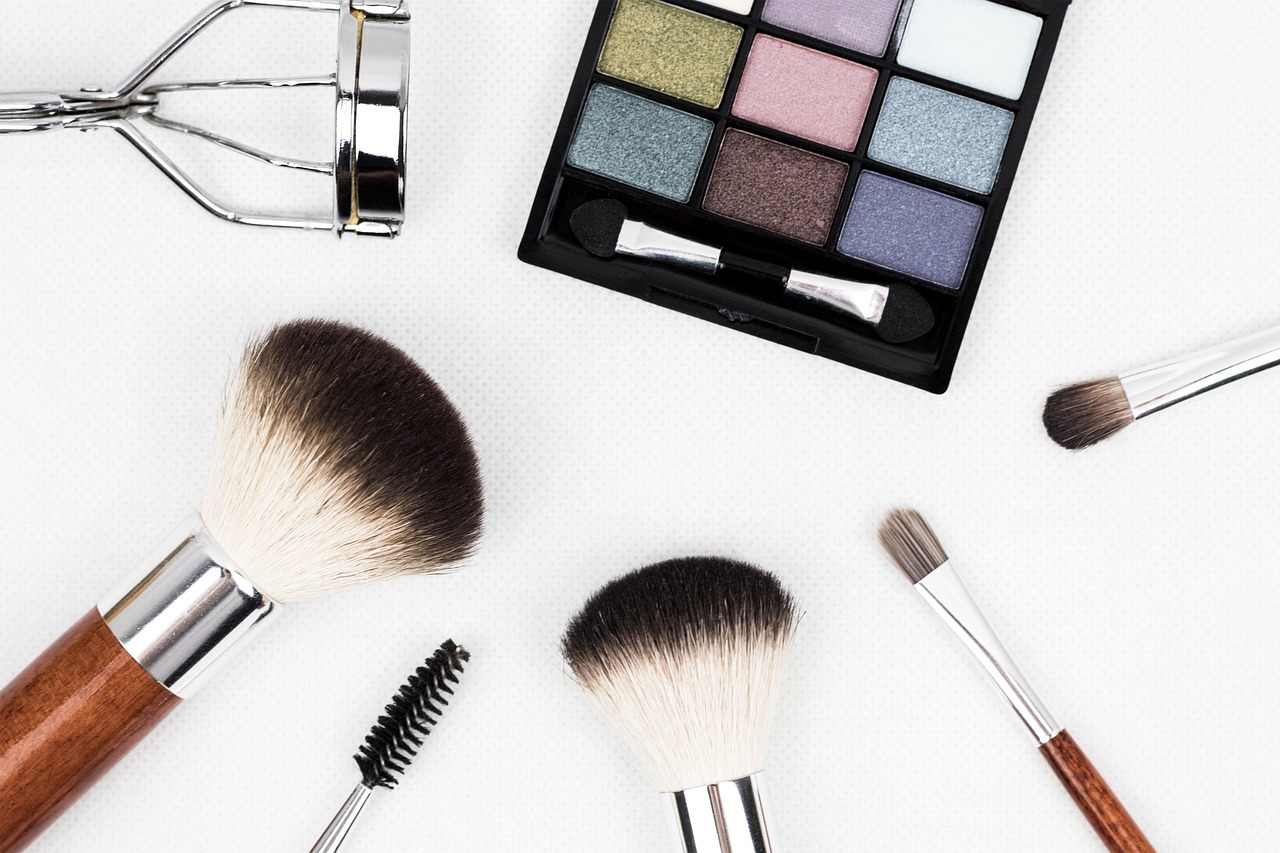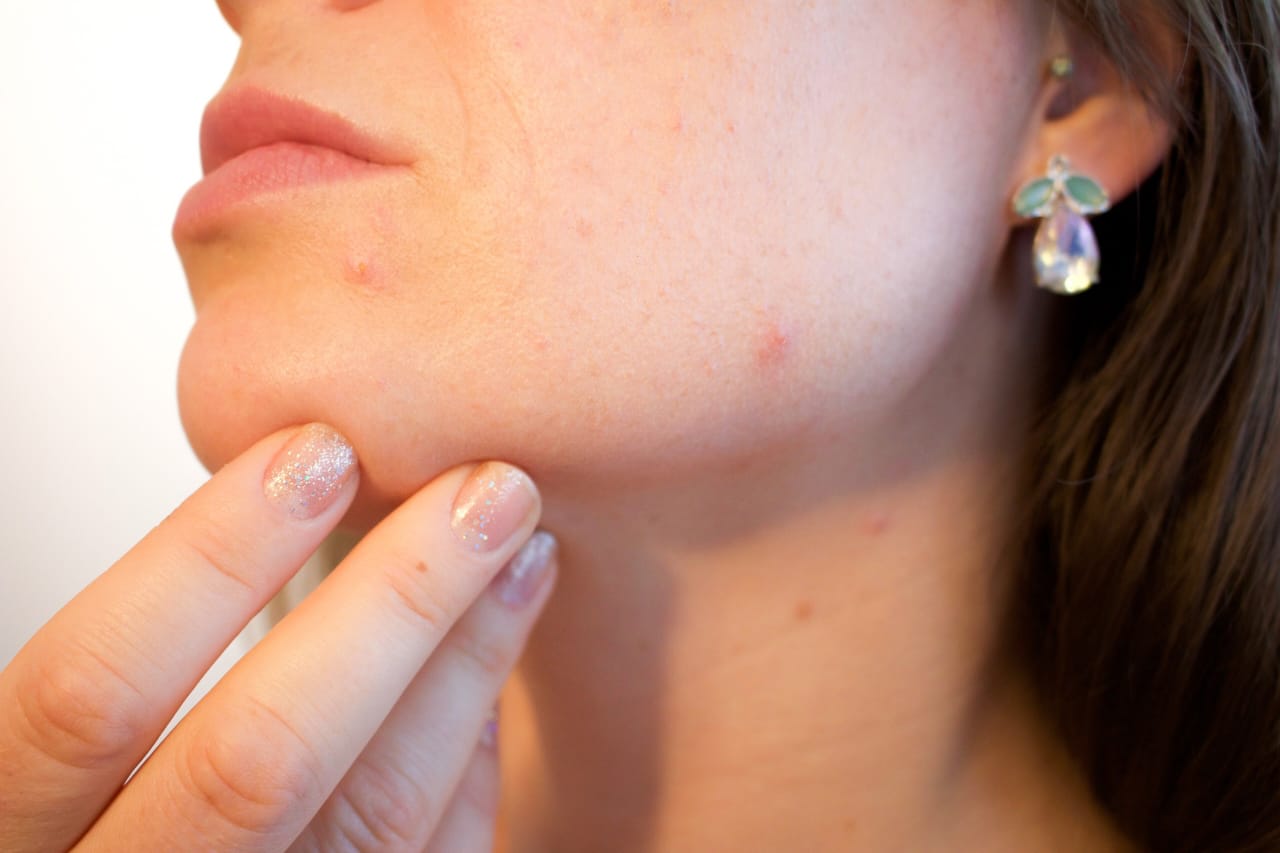Chanel Makeup: Timeless Elegance in the 2000s
https://icdrc.org/wp-content/themes/osmosis/images/empty/thumbnail.jpg 150 150 admin admin https://secure.gravatar.com/avatar/693ccb227eb6527287caaa4e9eb13c6e?s=96&d=mm&r=g
Introduction:
In the dynamic realm of fashion, only a handful of brands have sustained the grace and refinement exhibited by Chanel. As the new millennium unfolded, a pivotal chapter in makeup history commenced, with Chanel at the forefront as a pioneering force of the early 2000s. This piece delves into the distinctive makeup styles synonymous with Chanel makeup during this era. Let us shed light on the products, trends, and breakthroughs that made an enduring impact on the ever-evolving landscape of the beauty industry.
1. Signature Products:
Chanel’s makeup collection in the 2000s was a symphony of luxury, with signature products that captivated beauty enthusiasts worldwide. The Rouge Allure lipstick, introduced in 1999, encapsulated the essence of Chanel with its sleek black and gold packaging. This lipstick line became a symbol of modernity, offering a diverse range of shades to suit every personality and occasion.
Complementing the allure of Rouge Allure were the Les 4 Ombres eyeshadow quads. These palettes allowed makeup enthusiasts to create a myriad of eye looks. The interplay of matte and shimmer shadows provided endless possibilities. It makes Les 4 Ombres a must-have for those seeking sophistication in their eye makeup.
1.1. Rouge Allure Lipstick: Modern Sophistication:
Launched in 1999, the Rouge Allure lipstick became a quintessential embodiment of Chanel’s essence, seamlessly merging modernity with timeless elegance. Its sleek black and gold packaging not only exuded sophistication but also mirrored the brand’s commitment to aesthetic refinement.
The Rouge Allure lipstick, introduced in 1999, symbolized contemporary beauty with its sleek black and gold packaging. It offered a diverse range of meticulously crafted shades for every personality and occasion. Beyond its visual appeal, this lipstick line showcased Chanel’s dedication to high-quality products, resonating with diverse tastes and solidifying its iconic status in the makeup world.
1.2. Les 4 Ombres Eyeshadow Quads: Versatile Elegance:
Chanel makeup enhanced Rouge Allure’s allure with Les 4 Ombres eyeshadow quads in the 2000s. These quads, with elegant packaging and versatile colors, empowered makeup enthusiasts for diverse eye looks. The sophisticated design facilitated easy blending and seamless transitions, making them instrumental for subtle daytime styles or dramatic evening appearances. Elegant packaging and versatile shades made Les 4 Ombres quads a coveted and essential part of Chanel’s makeup offerings in this era.
2. Timeless Trends:
In the 2000s, Chanel epitomized the fusion of timeless beauty and contemporary allure. Makeup trends showcased radiant, luminous skin combined with subtle, smoky eyes, and precisely defined lips. The focus on enduring elegance appealed to a broad audience, establishing Chanel as the preferred choice for individuals seeking sophistication in their beauty regimen.
2.1. Radiant Complexion: Effortless Beauty:
During the 2000s, makeup trends were characterized by a focus on radiant and luminous skin, complemented by soft, smoky eyes, and precisely defined lips. This emphasis on classic beauty, marked by a harmonious balance of elements, resonated widely among diverse audiences. Chanel makeup positioned itself as a brand celebrating sophistication in every makeup routine, appealing to those desiring refined and timeless beauty. The commitment to classic elegance established Chanel as a go-to choice for a broad spectrum of individuals.
2.2. “No-Makeup” Makeup Look: Embracing Natural Beauty:
Chanel’s dedication to innovation manifested through impactful collaborations and revolutionary product launches. In the 2000s, the debut of Chanel’s renowned Joues Contraste blush marked a significant milestone, earning a permanent spot in numerous makeup routines. The finely crafted powder and complementing shades worked harmoniously to impart a vibrant and healthy complexion.
During the 2000s, the rise of the “no-makeup” makeup look became prominent, and Chanel played a crucial role in this trend. Chanel’s foundations and powders were recognized as essential tools for achieving a flawless yet natural complexion. The brand’s formulations were celebrated for their ability to provide effective coverage while maintaining a lightweight and natural finish. Chanel’s commitment to enhancing natural beauty aligned seamlessly with the growing preference for a subtle, barely-there makeup aesthetic. The foundations and powders not only contributed to a perfected complexion but also exemplified the brand’s dedication to quality and sophistication in catering to evolving beauty preferences.
3. Innovations and Collaborations:
3.1. Joues Contraste Blush: Sculpting Radiance:
The debut of the iconic Joues Contraste blush in the 2000s marked a transformative moment in the realm of makeup, reshaping the way enthusiasts approached the application of blush. This particular product revolutionized the experience of using blush through its unique features.
The finely milled powder texture of the Joues Contraste blush was a departure from traditional formulations. Its finely ground consistency allowed for a smooth and seamless application, avoiding any cakiness or uneven distribution on the skin. This characteristic contributed to a more natural and blended finish, elevating the overall look.
Moreover, the range of flattering shades offered by Joues Contraste played a pivotal role. These shades were carefully curated to complement various skin tones, enhancing the cheeks with a pop of color that felt both vibrant and harmonious. This not only added a touch of radiance but also contributed to creating the illusion of a healthy, glowing complexion.
3.2. Collaborations with Visionaries: Shaping Beauty Trends:
Chanel’s collaborations with makeup artists and celebrities in the 2000s brought fresh perspectives to its beauty line. These partnerships created limited-edition collections reflecting current trends, showcasing Chanel’s adaptability while maintaining core values of sophistication and luxury.
Working with makeup artists and celebrities brought a new level of creativity and innovation to Chanel’s beauty offerings. Chanel’s collaborations integrated diverse styles, resonating with a broader audience. External creative input led to unique color palettes, innovative formulations, and trend-setting concepts in Chanel’s makeup range.
The release of limited-edition collections further demonstrated Chanel’s agility in responding to evolving beauty trends. Chanel’s seasonal and special occasion collections displayed its commitment to industry leadership. Limited editions, though fleeting, upheld core values of sophistication and luxury, ensuring Chanel embraced change without compromising its timeless identity. These releases kept Chanel both contemporary and dedicated to elegance.
4. Cultural Impact:
In the 2000s, Chanel’s impact transcended the confines of beauty, as the brand became synonymous with a distinct lifestyle and aesthetic. The chic packaging, iconic double-C logo, and enduring elegance collectively established Chanel as an emblem of luxury and aspiration.
The makeup styles crafted by Chanel during this era remain a wellspring of inspiration for both makeup enthusiasts and professionals. The brand’s unwavering dedication to quality, innovation, and sophistication has firmly entrenched its position as a perennial favorite in the dynamic landscape of the beauty industry.
4.1. Iconic Branding: Double-C Legacy:
The sleek packaging, embellished with the iconic double-C logo, coupled with the enduring elegance that characterizes Chanel, collectively positioned the brand as a symbol of luxury and aspiration.
The packaging design, characterized by clean lines and a minimalist yet sophisticated aesthetic, reflects Chanel’s commitment to refined aesthetics. The presence of the double-C logo, which stands for Coco Chanel, the founder of the brand, adds a distinctive and instantly recognizable element to the packaging. This logo has become synonymous with high fashion and luxury, further elevating the brand’s status.
The timeless elegance associated with Chanel, both in its product design and the overall brand image, contributes to its perception as a symbol of aspiration. Chanel has long been associated with sophistication and classic style, transcending fleeting trends.
4.2. Pop Culture Influence: Shaping Lifestyle Choices:
Chanel’s aesthetic in the 2000s didn’t merely confine itself to the realm of makeup; it permeated popular culture, leaving an indelible mark that extended beyond beauty routines. The brand’s influence transcended cosmetic trends, making a significant impact on the broader spheres of fashion and lifestyle choices.
Chanel’s iconic elements, such as sleek packaging, the distinctive double-C logo, and an overarching commitment to timeless elegance, became symbolic not just of beauty ideals but also of a sophisticated lifestyle. The brand’s aesthetic choices were mirrored in fashion preferences, inspiring individuals to incorporate elements of Chanel’s classic and modern fusion into their clothing and accessory choices.
Conclusion:
The makeup legacy that Chanel established in the 2000s underscores the brand’s adept navigation of the ever-changing beauty landscape, all the while remaining faithful to its origins. The enduring impact of the iconic products and timeless trends from this era persists, shaping the way we perceive and engage with makeup and highlighting Chanel’s lasting allure in the realm of beauty.
